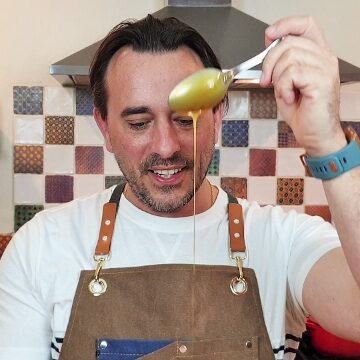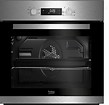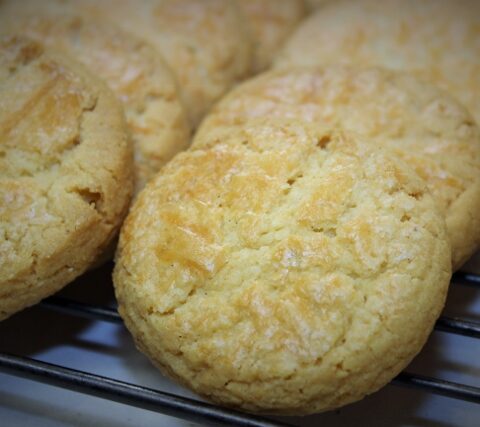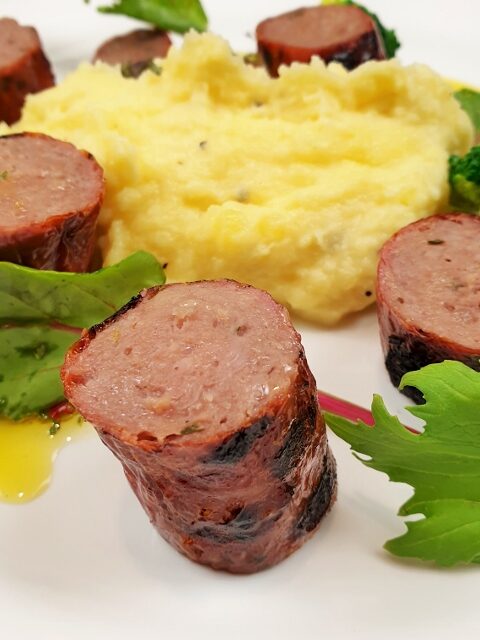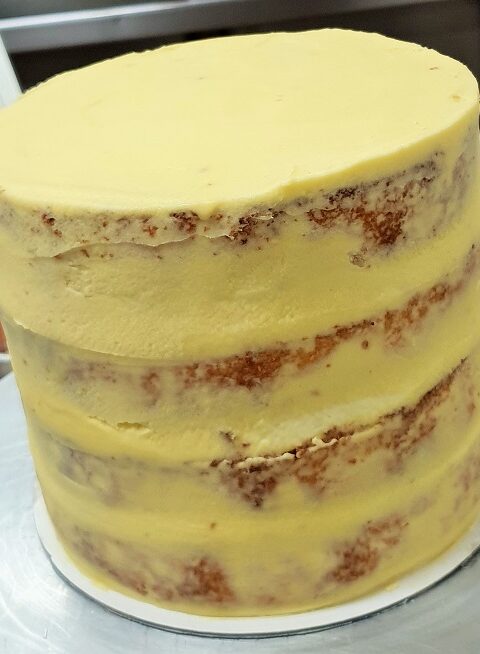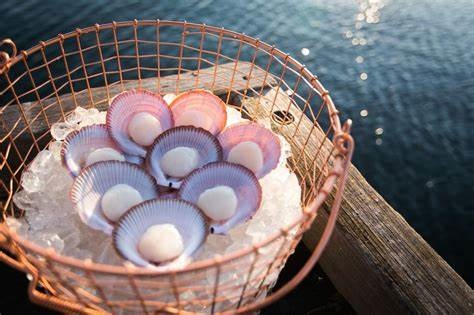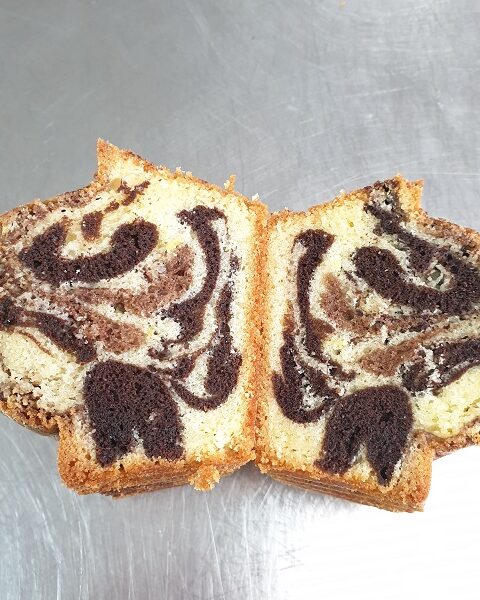

Hello Foodies,
I hope you have had a good week end and check out few of my recipes and tips.
This week i want to share a bit of a professional insight in baking and specifically about oven temperature. Many people contact me and tell me that they cant bake because their oven is “Sh$%^” or not working properly. Most of you would have growing up with or still have a gas oven. Nowadays, rare are the person that uses a wood fire oven. New kitchen are often equipped with a “fan forced oven”.
Traditional ovens (older generation) such as gas oven only create a source of heat from the bottom of the oven, therefore the cooking process is very strong at the base of your dish or cake tin. To avoid burning your tarts, quiches or cakes, you must put your baking dish on top of a baking tray. To know the temperature of your oven i will always recommend when you preheat your oven that you use an oven thermometer to really find out the internal temperature prior baking.
Electric oven are made with two electrical components (top and bottom) to give you a better source of heat. This was invented to give you a better or even baking process. The heat dispersion in the oven allows to bake from the bottom and the top which improved the final product and created a better caramelisation without burning your tart or cake, or even your roast. Here again, the use of oven thermometer is important to know exactly the strength o heat production.
Theses two types of oven are great if you check there internal temperature and know the hot spot or colder spot of your oven. Often you will see people turning there dish mid baking to make sure it is bake correctly. However, the new generation of oven or fan forced oven were invented to create that even baking by creating a continuous air flow.
Most recipes were written years ago and based on traditional oven experiences. therefore, when you used a new oven or an old oven the cooking result is totally different (about 20°c different)
The big tips here are:
If you are using a traditional oven and the recipe tells you to bake at 150°c that is fine, but if you are using a modern fan forced oven for the same recipe, you should set the oven at 130°c.
Always preheat your oven prior baking for 15 to 20 minutes. Check the internal temperature with an oven thermometer.
Prior baking delicate items such as macarons, choux pastry, meringues or cakes, maybe cook a roast to find out the hot and cold spots of your oven.
Check the seal of your oven, If it is broken you will use more energy and pay more for electricity. Consequently, your baking will never be even as your oven try to compensate for the lost of heat.
Lastly, opening your oven door for more than 10 seconds will make the internal temperature drop by 30°c to 40°c. So be ready when you want to check your product. Remember to be safe and put yourself away from the door opening to avoid steam burn and use DRY cloth when grabbing your dish.
Happy Baking Foodies
Oven temperature conversions from Celsius to Fahrenheit, gas setting and meaning
| Celcius° | Fahrenheit° | Gas setting | Meaning |
| 140 degrees C | 275 degrees F | 1 | Very Cool |
| 150 degrees C | 300 degrees F | 2 | Cool or Slow |
| 165 degrees C | 325 degrees F | 3 | Warm |
| 177 degrees C | 350 degrees F | 4 | Moderate |
| 190 degrees C | 375 degrees F | 5 | Moderate |
| 200 degrees C | 400 degrees F | 6 | Moderately Hot |
| 220 degrees C | 425 degrees F | 7 | Hot |
| 230 degrees C | 450 degrees F | 8 | Hot |
| 245 degrees C | 475 degrees F | 9 | Hot |
| 260 degrees C | 500 degrees F | 10 | Very Hot |
